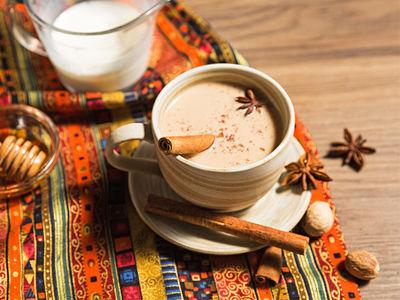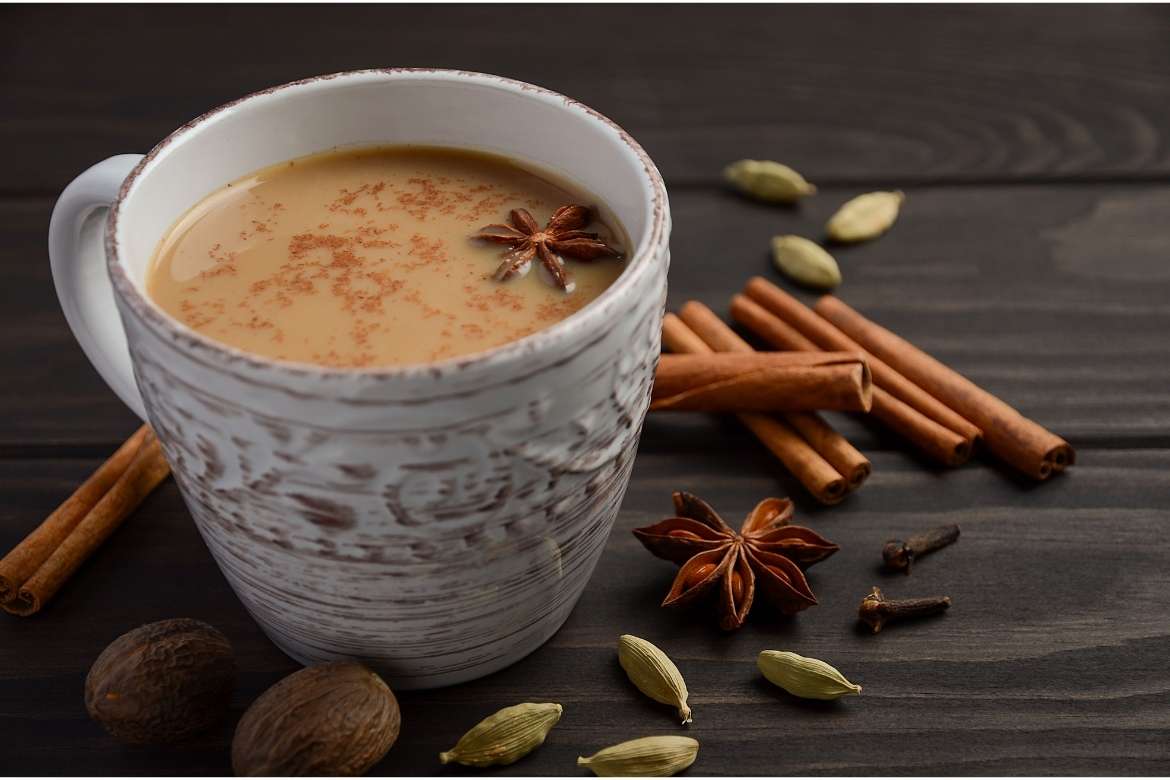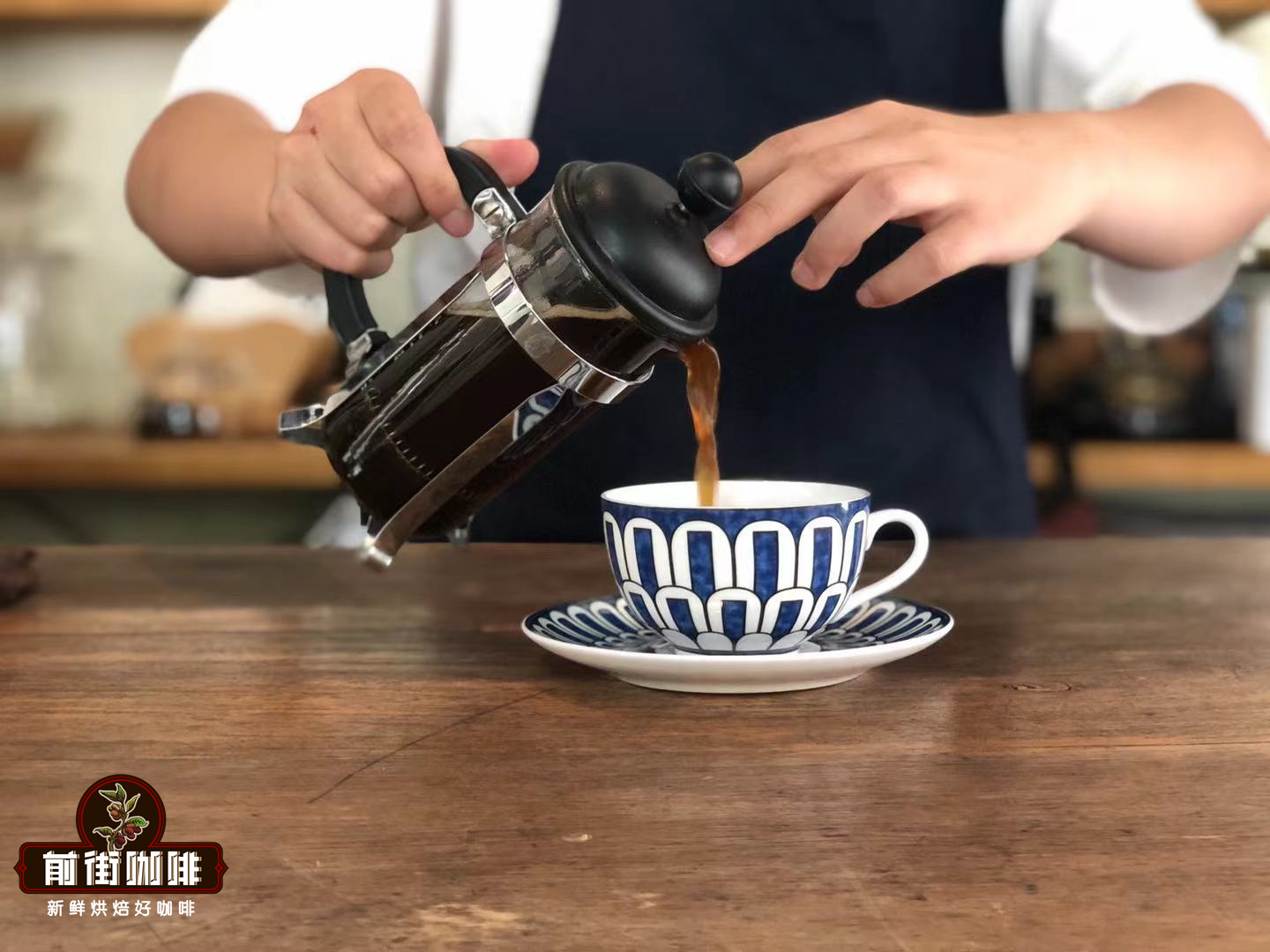What brand of milk tea tastes good? the self-made formula, method and steps of Indian milk tea Masala tea
You may have heard of Indian tea Chai, a spicy drink from India, but do you want to know how to make masala tea? It's time for you to learn a traditional recipe so you can try it at home.
The following article will provide you with this, and will explain in detail what Masala Tea is before giving you a simple step-by-step guide. That's not all.
We will also determine whether it contains caffeine and what are the health benefits of eating it regularly.
What is Massala tea?
Masala tea ("spiced tea" in Hindi) is a flavored Indian black tea containing a variety of herbs and spices. This raises the question: "what exactly is Massala made of?" In other words, "what are the ingredients of Massala tea?"
The most common additives are cardamom, cinnamon, cloves, pepper and star anise, although some varieties also have ginger, turmeric, fennel, ginseng or nutmeg.
In fact, the recipe of Massala tea varies from region to region, from village to village, and sometimes even from family to family. But that doesn't mean we can't provide you with an introductory guide.
Once you know the simple method you need, you can consider trying seasoning and ingredients. So, cut the gossip, and now let's show you how to make it.

How to make Massala tea
The following guide on how to make Massala tea at home will require a tea filter, a pan, a mortar or coffee grinder, and the ingredients listed below.
We especially chose Assam tea because it comes from the Indian state of Assam. It is a symbol of tradition. So, all that's left is to follow these steps before enjoying the best Indian tea around you:
Ingredients: Assam tea, cardamom pod, cinnamon, cloves, ginger root, pepper, milk, sugar (optional), and water.
1. Crush the spices with a mortar or coffee grinder.
Put cardamom, cinnamon, cloves and pepper in a mortar or coffee grinder, gently crush and add to the recipe.
2. Grind ginger.
It will taste stronger when it is cooked in this way, so have a cup of ginger root tea.
3. Pour the soup and water into the pan and stir on the hob.
Boil the mixture. Don't add black tea leaves.
4. Remove the pan from the fire, cover and soak.
Temporarily remove the pan from the hob and soak the spices in the pan for about five minutes.
If necessary, replace the pan with milk and sugar.
Sugar is determined by personal preference. Cook it again.
Turn off the heat again and add the tea.
Repeat the previous process, although it now includes our Assam family tea TGFOP.
Cover with the lid, let it soak and stir thoroughly.
3 minutes of soaking time should be enough. Then stir for at least 90 seconds.
8. Serve after the follicles.
Pick up your tea filter and pour Massala into the teapot or directly into the cup.
Does Massala tea contain caffeine?
Each mouthful provides unique delicious spices and malt implication, rarely giving the same impression to casual drinkers and connoisseurs.
But does Masala tea contain caffeine? Add the word "energetic". This is because it contains Assam tea, which contains about 45 milligrams of stimulants per serving.

Is Massala tea good for health?
For most people, the benefits of black tea, as well as those associated with other drinks, have the potential to improve their lives in small but important ways.
Assam tea can enhance cognitive function, improve oral health and reduce anxiety. Add ginger and cinnamon and you will find that Massala tea is also a good idea to lose weight.
Is Massala tea good for coughs and colds, too? You can rest assured. This is because it is rich in vitamin C, which many of us know is a booster for the immune system.
Then there are peppers, which support the pancreas to secrete digestive enzymes. Cloves also have anti-inflammatory properties, which can relieve pain. The possibilities are endless.
Important Notice :
前街咖啡 FrontStreet Coffee has moved to new addredd:
FrontStreet Coffee Address: 315,Donghua East Road,GuangZhou
Tel:020 38364473
- Prev

Introduction to hand-brewed coffee is the thickness of coffee alcohol coffee concentration? Factors affecting the thickness of caffeine
Right! Caffeine thickness coffee concentration ~ to be exact, the two are not on the same channel. But since so many people can misunderstand their relationship, of course, there is a reason ~ (tongue: after all, because of me) what is the thickness of caffeine? Alcohol thickness belongs to the touch of the mouth, not the taste bud experience. The thickness of alcohol is reflected in the sense of "pressing the tongue", for example: in the product
- Next

What is the difference in flavor and taste between sun-cured and washed coffee beans? How to distinguish the method of coffee processing
There is a tradition of Qianjie coffee, which always likes to make a pot of coffee and let everyone guess what kind of coffee it is! From the producing country, to the small producing area, to the treatment method, step by step! Can you tell what kind of treatment it is just by drinking coffee? First understand what the treated coffee fruit is when it is ripe, it will be picked, and we only want coffee beans wrapped in skin and pulp (
Related
- Beginners will see the "Coffee pull flower" guide!
- What is the difference between ice blog purified milk and ordinary milk coffee?
- Why is the Philippines the largest producer of crops in Liberia?
- For coffee extraction, should the fine powder be retained?
- How does extracted espresso fill pressed powder? How much strength does it take to press the powder?
- How to make jasmine cold extract coffee? Is the jasmine + latte good?
- Will this little toy really make the coffee taste better? How does Lily Drip affect coffee extraction?
- Will the action of slapping the filter cup also affect coffee extraction?
- What's the difference between powder-to-water ratio and powder-to-liquid ratio?
- What is the Ethiopian local species? What does it have to do with Heirloom native species?

